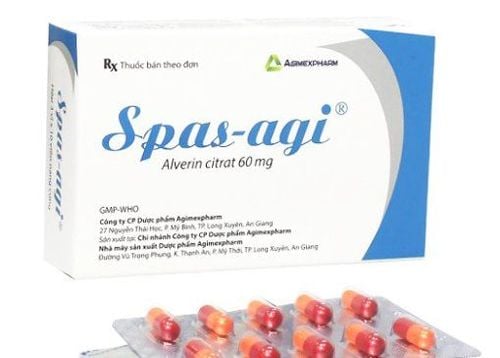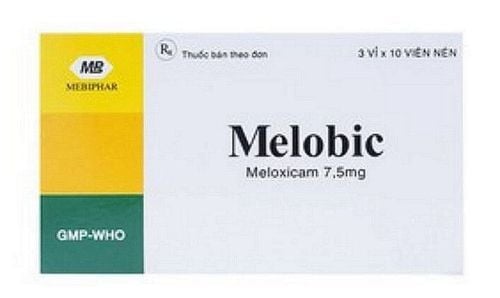This is an automatically translated article.
Orfenac belongs to the group of non-steroidal anti-inflammatory, antipyretic and analgesic drugs with the main ingredient Etodolac. The drug is often used to treat osteoarthritis, acute gout attacks, pain after tooth extraction, dysmenorrhea, acute musculoskeletal pain of many causes.
1. What is Orfenac?
Orfenac contains the main ingredient Etodolac, which has antipyretic, analgesic, anti-inflammatory effects, but the strongest effect is still anti-inflammatory. The drug is rapidly absorbed from the gastrointestinal tract, metabolized mainly in the liver and excreted in the urine. Orfenac is usually indicated in the following cases:
Osteoarthritis, acute gout attack or pseudo-gout; Pain after tooth extraction, pain after surgery, pain after episiotomy; Dysmenorrhea ; Acute musculoskeletal pain has many causes. Contraindications of Orfenac include:
Patients with hypersensitivity to etodolac or any other component of the drug; Patients with a history of asthma, urticaria or other allergic-type reactions after taking aspirin or other non-steroidal anti-inflammatory agents; Severe liver failure, severe kidney failure; Children under 15 years of age because the safety and effectiveness of the drug in children have not been established; Women who are pregnant in the last 3 months and women who are breastfeeding; Renal function and urinary excretion should be monitored in patients with heart failure, renal failure or on diuretics; The hemoglobin and hematocrit should be checked periodically for signs of anemia that sometimes occur in patients taking non-steroidal anti-inflammatory drugs.
2. Dosage of Orfenac
Depending on the subjects and treatment goals, the dose of Orfenac will be different, specifically as follows:
Osteoarthritis, gout: Use a maximum dose of 1200 mg/day, while patients under 60 kg use a maximum dose of 1200 mg/day. up to 20 mg/kg/day Dental pain: 200mg x 3-4 times/day Extensor tendonitis, bursitis, elbow condylitis, tenosynovitis, plantar fasciitis and post-radicular pain Anesthesia will use a dose of 400mg x 2-3 times / day
3. Orfenac side effects
In some patients when using Orfenac, side effects may occur such as:
Fever, chills; Digestive disorders causing vomiting, nausea, abdominal pain, constipation, diarrhea; Dizziness, depression, irritability; Rash, itching; Blurred vision, tinnitus; Difficulty urinating, frequent urination; Edema, anemia, fluid retention.
4. Precautions when using Orfenac
Some general notes when using Orfenac:
Be careful when using Orfenac for patients with kidney failure, water retention, patients with hypertension, heart failure, the elderly, nursing women; With caution in patients with a history of peptic ulcer, gastrointestinal bleeding; Stomach antacids may decrease blood levels of Etodolac Taking aspirin with non-steroidal anti-inflammatory drugs such as Orfenac may increase its effects; Co-administration of Orfenac with Warfarin reduces the protein binding of Warfarin; Etodolac when used with Cycloserin, Digoxin, Lithium, Methotrexate will reduce the clearance of these substances and increase toxicity. The basic information about Orfenac in the above article is for reference only. Because this is a prescription drug, patients should not use it on their own, but need to contact a specialist directly to get an appropriate prescription to ensure safety for health.













